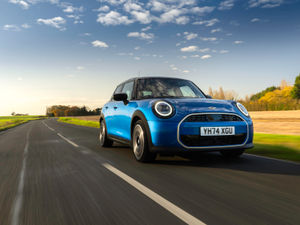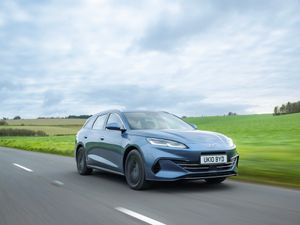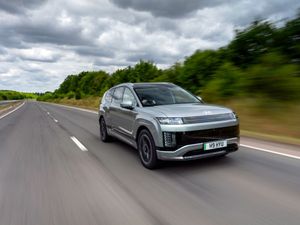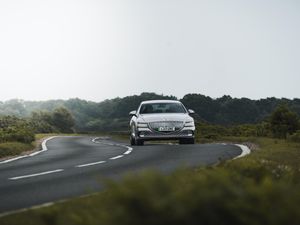First Drive: Hybrid proves the right choice for the Honda CR-V
Jack Evans heads to Seville to see if electrification is a real alternative to a diesel Honda CR-V
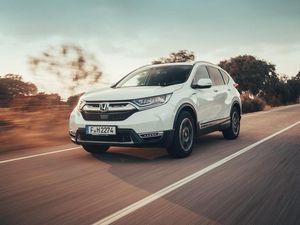
What is it?
Diesel is the bad guy in the motoring world of late, with manufacturers shunning oil burners as governments worldwide crack down on emissions. In a reflection of this, Honda recently announced that it would be dropping the diesel CR-V from its range, leaving just a petrol version and this – the new CR-V Hybrid. The manufacturer claims that it should return the same economy as the recently ditched model while improving low-speed emissions, thanks to the introduction of those electric motors. We headed out to Seville to see if this latest CR-V really can take the place of the well-rounded diesel version.
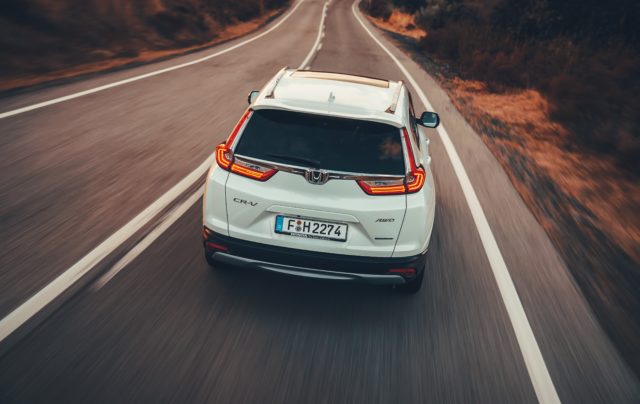
What’s new?
The biggest changes come under the bonnet – although we’ll get to these shortly – while there have been some other alterations elsewhere. It’s got a wheelbase that is 30mm longer than the older CR-V, and this provides better interior space. Honda has also included active aerodynamics in the car, which allows a shutter to open or close behind the grille depending on how well the engine is being cooled.
There’s even a warning sound produced by the car when driving in all-electric mode so that hearing-impaired pedestrians can know it’s coming and, of course, Honda has included a wide variety of its latest safety technology to ensure that those inside and outside the CR-V Hybrid are kept as safe as possible.
What’s under the bonnet?
Here’s where things get interesting. You see, the CR-V Hybrid uses a far-from-conventional powertrain setup, but the fundamentals are there. Underneath the bonnet is a 2.0-litre petrol engine, along with two electric motors and a lithium-ion battery in the boot. Thanks to what Honda is calling ‘intelligent Multi-Mode Drive’, or i-MMD for short, it can seamlessly switch between power options while on the move. At low speeds, for instance, the battery powers just the electric motors that drive the wheels – the engine is kept out of the equation. You’ve got around 1.2 miles of all-electric propulsion, although when switching to Hybrid mode the engine supplies power to the electric motors, which then drive the wheels – and it can charge the battery back up, too.
Finally, there’s Engine Drive, which comes into play at higher speeds. This allows the engine to directly drive the wheels, bypassing both the battery and the electric motors. There’s no gearbox, just a lock-up clutch that transfers power depending on need.
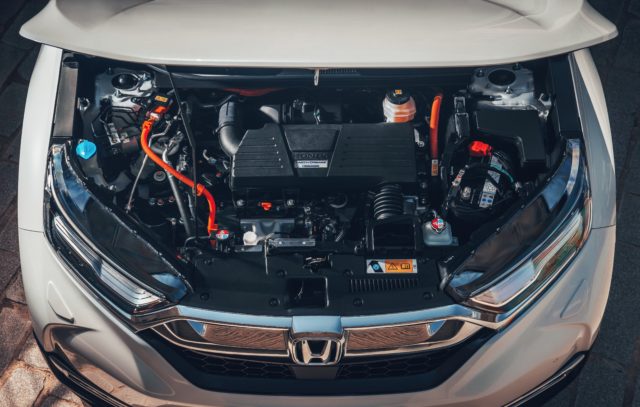
What’s it like to drive?
On start-up, it’s business as usual. There’s no noise whatsoever, and the CR-V silently whisks away in the manner we’ve come to expect from hybrids. Gain a little pace, and the engine chimes in seamlessly, grumbling away ever so slightly. The overall refinement is very good (it must be in such quiet cars, as even the tiniest rattles make their presence known like a swarm of solid-gold bees flying into a desk fan), and it’s helped no end by the added sound insulation material installed throughout the car – as well as Honda’s innovative new active noise-cancellation system.
Under hard acceleration the engine does produce a hefty din, but once you’re up to speed it settles down well. It’s quiet and comfortable, and the ride remains composed. Honda claims a 0-60mph time of nine seconds and it felt honest to this, as it did to the car’s claimed 51.4mpg – we saw around 48mpg on our route, which mixed motorway driving with short country road bursts.
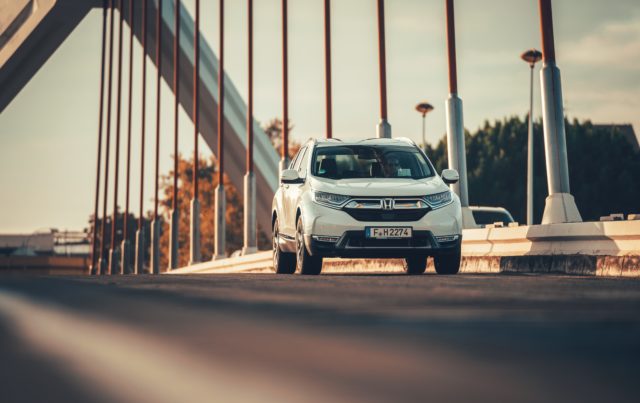
How does it look?
In a time when manufacturers must create cars to stand out in what is a heavily saturated market, Honda has done well to make the CR-V look different. It’s a chunky-looking thing and that’s good, with dynamic lines running the length of the car helping to hide its overall bulk. The front headlamp design is particularly noticeable, as is the large chrome grille.
It’s also pleasantly ‘normal’. Save for a few model badges on the flanks, you’d be hard-pressed to tell that this had a cutting-edge powertrain underneath it, and that’ll likely appeal to those who don’t want to shout about the fact they’re driving a hybrid.
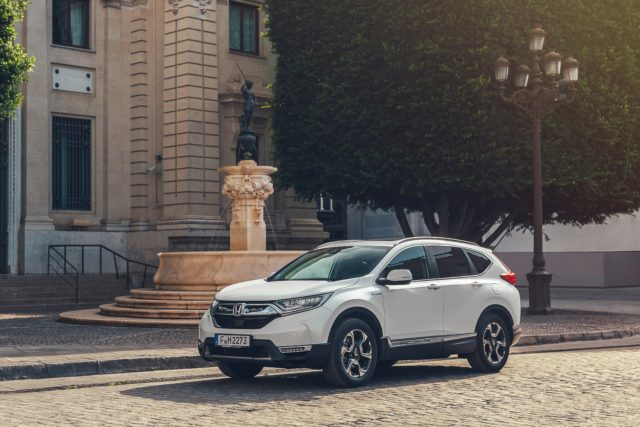
What’s it like inside?
The cabin of the CR-V Hybrid is tried-and-tested Honda: solid and well built, if a little uninspiring. There are harsher plastics to be found, although the rubberised dash and large, chunky buttons help to give it an overall feeling of robustness. The door pockets are sizeable enough for a few bottles of water, and there are cubbies dotted throughout the cabin to help keep it clutter-free.
Rear-seat head and legroom levels are excellent, and there are twin USB sockets back there for charging devices too. Although the boot is somewhat smaller in the hybrid than the regular petrol (497 litres down from 589 litres, because of the battery taking up space), the overall area is wide, square and easy to access, thanks to a low floor and minimal load lip.
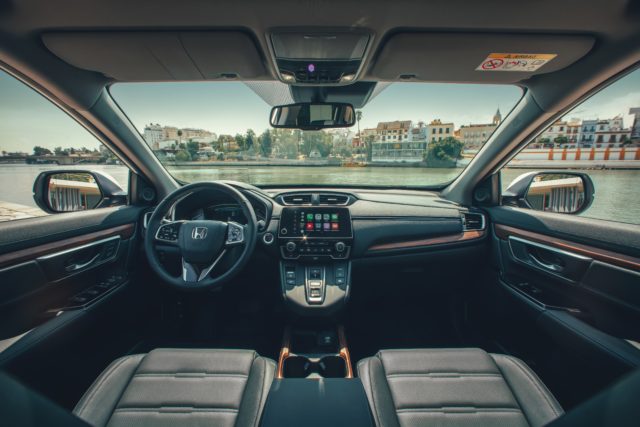
What’s the spec like?
Equipment specifications for the CR-V Hybrid mirror those available on the petrol version, so buyers can choose from S, SE, SR and EX versions, as well as the option of either two- or all-wheel drive. Prices start at £29,105 for the entry-level S model with two-wheel drive, topping out at £37,255 for the all-singing all-dancing all-wheel-drive EX. Although all cars get cruise control, traffic sign recognition and Honda’s full suite of safety assistance systems, the firm expects the range-topping EX to be the best seller – it benefits from a heated steering wheel, head-up display and panoramic sunroof over the other still comprehensively kitted-out grades.
The latest generation of Honda’s infotainment system still lingers somewhat behind rivals’ both in terms of ease of use and look, although the standard fit of Apple CarPlay and Android Auto goes some way to alleviate this issue.

Verdict
Honda believes this hybrid CR-V to be a fair replacement for its popular diesel version and we’d have to agree. During our test route it delivered similar economy figures to the oil-burner, and when you factor in the lower cost of petrol at the pump, it means that potential buyers could see themselves saving a little more when filling up.
It’s also only going to cost around £800 more than the standard petrol version, which makes it excellent value when you consider the amount of technology residing under the bonnet. All in all, the CR-V Hybrid would be an excellent proposition for those looking to drive down fuel costs without making too many sacrifices in terms of overall driving experience.


